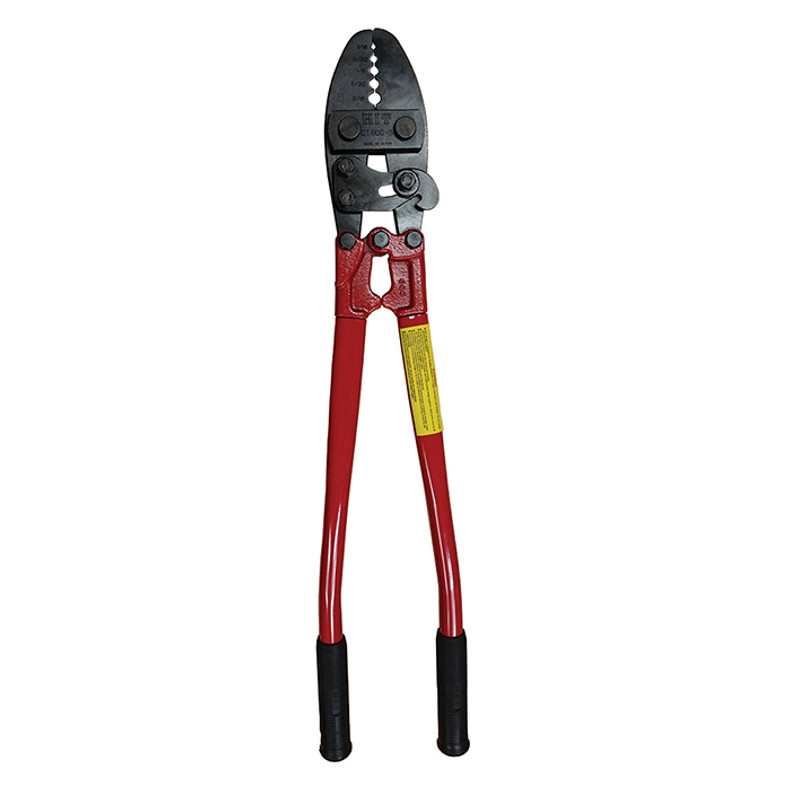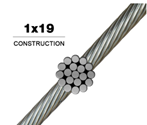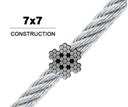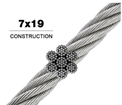
Wire Cutter Uses
When it comes to cable and wire cutters, any hardware professional will tell you there’s nothing quite like having the right tool for swift & efficient cutting of wires, metal, and aircraft cables of varying diameters. These essential tools are commonly used by hardware enthusiasts, contractors, and engineers in the construction, marine, telecommunications, aerospace, and locomotive industries. The range in types is vast with each having its own advantages and disadvantages specific to your task.
Consider the Type of Wire to be Cut
When selecting a wire cutter tool, first consider the type of wire to be cut. Guy Wire, ASCR (Aluminum Conductor Steel-Reinforced cable) or other hard wires. ACSR is a type of high-capacity, high-strength stranded conductor typically used in overhead power lines.
Standard wire cutters are designed for soft copper or aluminum.
Wire rope explained: The most popular small diameter cables are 1x19, 7x7 and 7x19.
1x19 wire rope is very stiff and non-flexible. 19 individual bundles stranded together.
7x7 wire rope has moderate flexibility. 7 individual bundles of 7 strands bundled together.
7x19 aircraft cable is very flexible consisting of several strands of small individual cables that are bundled together. 7 bundles of 19 individual wires are stranded together.
For more in depth information on all types of wire rope, check out our complete guide here.
Different Types Of Wire Cutters & Swagers
Take a look at the small guide below for an organized list of different types of cutters to jump start your research process. Sometimes it’s very important to be specific with your cutting tool and it’s best to seek specialist advice if you’re not sure. Once you’ve cut something off, it’s usually very difficult to go back and fix it!
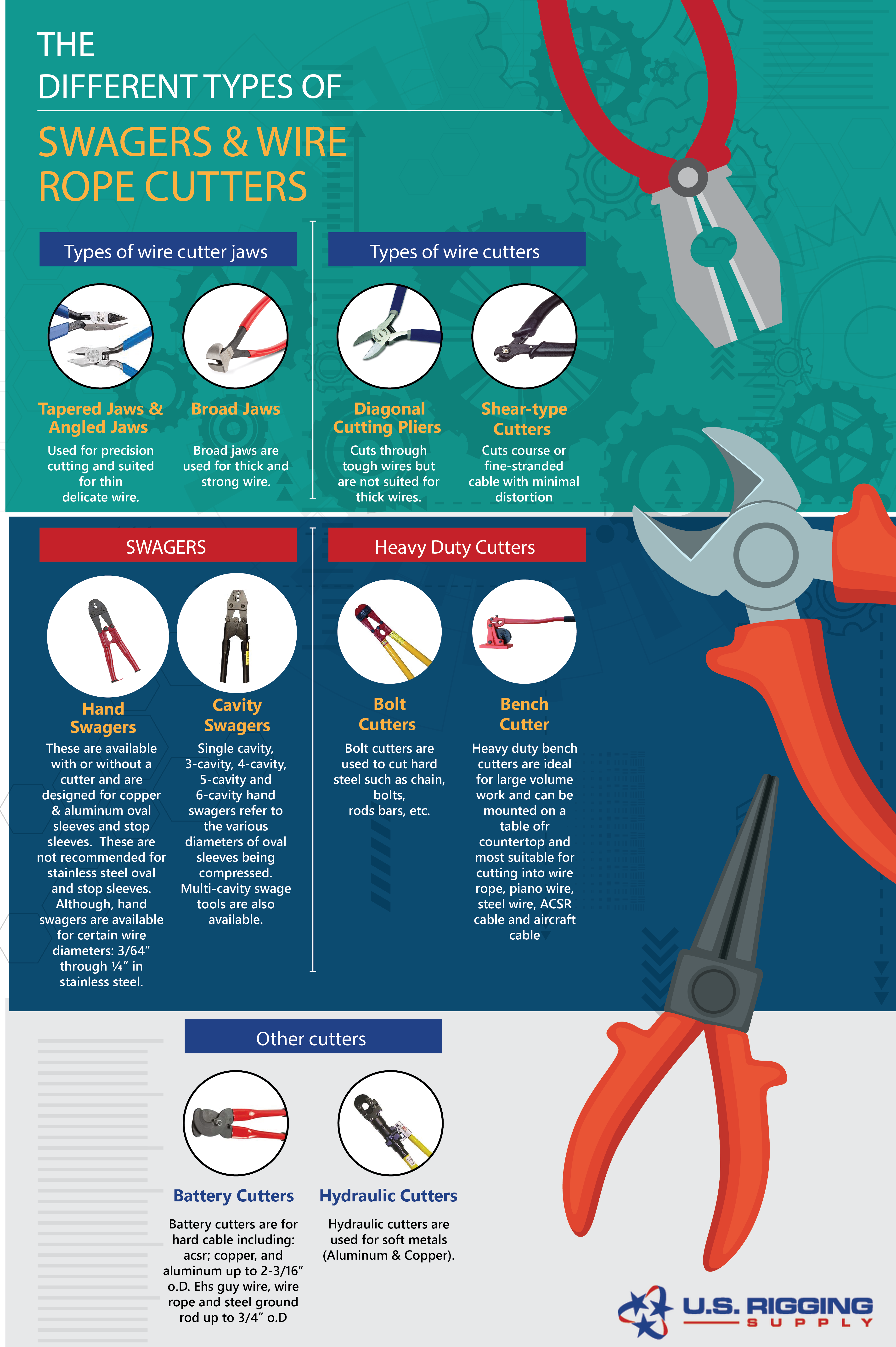
Final Tips:
1) Before swaging, make sure the “cut end” of the cable sticks out at a length of at least 2 cable diameters.
2) The sleeve should always be vertically aligned and never horizontal to the wires.
3) For each sleeve size, there is a prescribed number of swage crimps.
2 swages are required for 1/16” and 3/32” sleeves
3 swages are required for 1/8” and 5/32” sleeves
4 swages are required for 3/16” and 1/4” sleeves
5 swages are required for 5/16” and 3/8” sleeves
4) When making multiple swages follow the correct sequence for each size sleeve
2 sleeves: 1,2
3 sleeves: 2,1,3
4 sleeves: 2,1,3,4
5 sleeves: 2,1,3,4,5
5) Never swage over the outside of vinyl covered wire. Cut the cover enough to allow the sleeve with direct
contact to the cable.
6) Zinc-Copper sleeve or Stainless Steel sleeves are recommended for stainless steel wire. Never use Aluminum
sleeves with stainless steel wire. Over time the contact between an aluminum sleeve and stainless steel wire will weaken.


